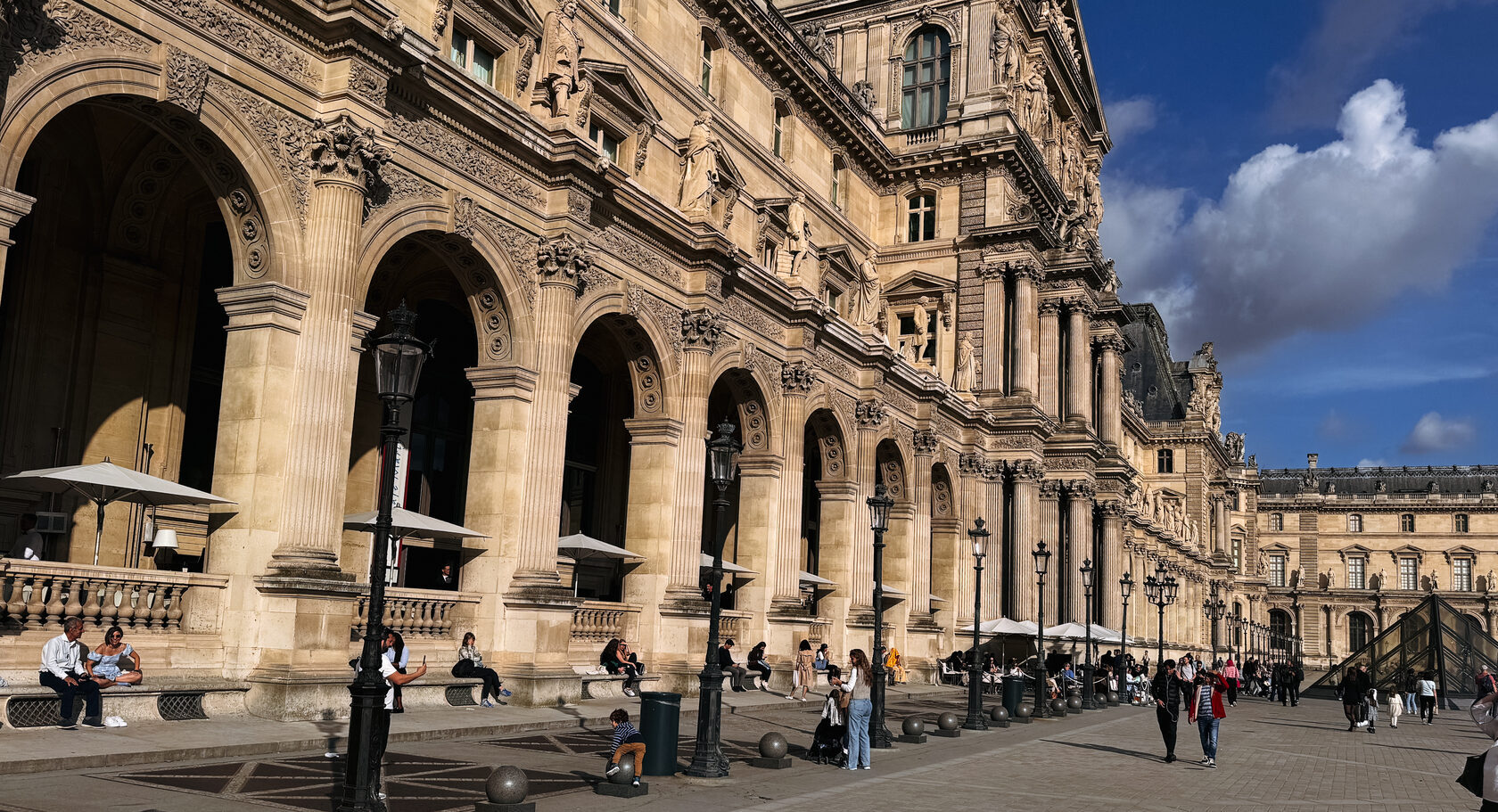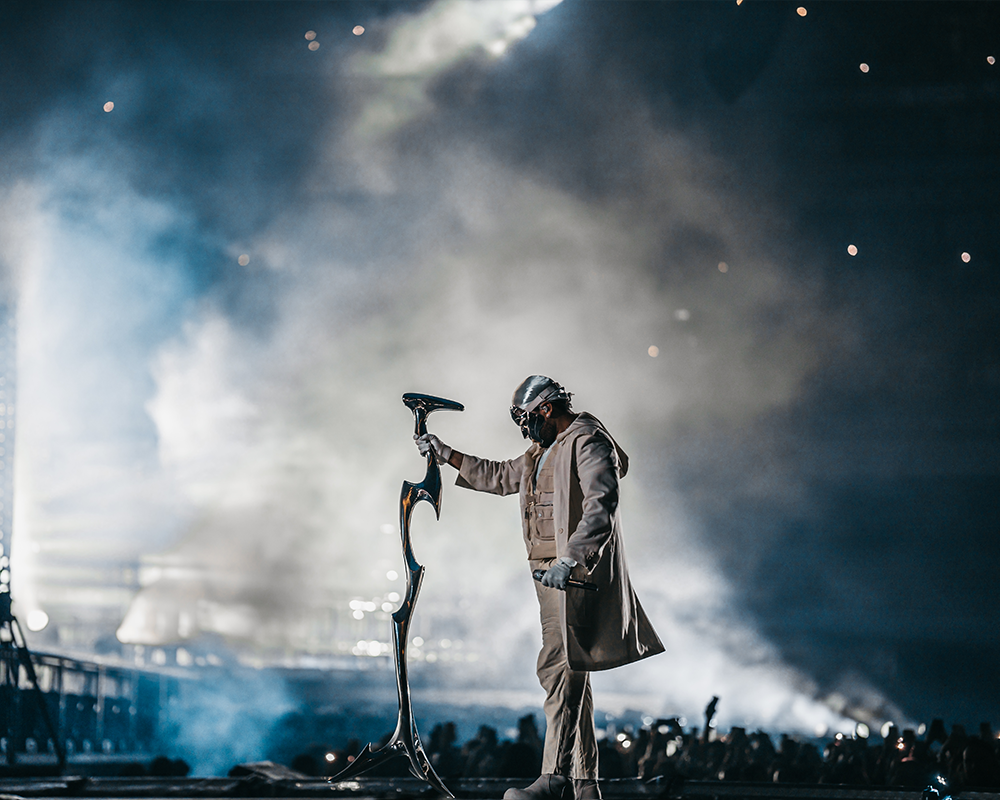A traveling videographer works across regions to record locations, cultures, and events, producing films that serve various clients - from tourism boards to international brands. This role combines creative vision with technical proficiency to produce footage that communicates distinct messages while offering a window into different parts of the globe.
A survey by Statista revealed that over 70% of marketers see higher retention for content filmed across multiple locations. Brands often find that showing authentic scenes from distant regions builds stronger interest, particularly if the footage reveals local customs or lesser-known landscapes. This approach not only amplifies the emotional pull of a campaign but also highlights a commitment to authenticity.
Defining the role
A traveling videographer is responsible for planning and executing shoots in multiple locations. This task involves thorough research on local customs, obtaining permits, and selecting the best sites to record authentic visuals. Prior to departure, the professional creates detailed shot lists and outlines a clear filming schedule. This meticulous planning allows for well-organised sessions that capture the local flavour without sacrificing quality.
Technical execution on the road
Many experts emphasise the importance of rigorous planning. Having a clear itinerary, detailed shot lists, and thorough research of local regulations are vital steps before setting off. Practical arrangements - like securing permits and liaising with local contacts - tend to avoid potential setbacks during filming. This preparation can also be seen in notable projects such as our conference coverage for ICE in Lisbon, where venue access needed careful coordination.
WANT TO DISCUSS A PROJECT? GET IN TOUCH!
While on location, technical precision plays a critical role. Operating in diverse environments requires adaptability in camera settings and lighting arrangements. Outdoor shoots demand attention to natural light variations and environmental noise, while indoor sessions call for controlled lighting and sound capture.
The benefits of global footage
Recent data indicate that video content can lead to significant improvements in online engagement. Studies have shown that web pages with film content often see visitor retention times increase by more than 50% compared to pages with only still images. In some cases, incorporating video into marketing campaigns has resulted in conversion rate increases of up to 80%. By presenting a project through authentic footage captured on location, clients gain an advantage in communicating their message and reaching wider audiences.
Mixing stable, well-planned shots with impromptu scenes captures a location’s character in full. For instance, footage of a bustling market in Marrakech alongside quieter alleyways can reveal both the sociable and personal sides of the city. The same principle applies to cityscapes like Berlin or London, where busy main streets contrast with less crowded neighbourhoods, offering a richer visual narrative.
Trends in travel filming
The popularity of film content created abroad continues to grow. Social media platforms now favour content that is rich in visual detail and cultural context, leading brands to invest in high-quality travel films. Short-form clips are particularly successful, offering concise yet informative views of different locales.
The impact on marketing and cultural exchange
Films produced by traveling videographers serve dual purposes. They act as potent marketing tools that draw in audiences by providing a realistic glimpse into a location, and they promote cultural exchange by showcasing authentic aspects of a destination. Clients using such films report improved brand recognition and more engaged viewers. This form of visual communication not only supports commercial objectives but also contributes to a broader understanding of cultural diversity.

Case studies
Consider a project for a regional tourism board that sought to highlight hidden gems within a historic city. The videographer recorded scenes of local markets, traditional celebrations, and everyday street scenes. The resulting film offered viewers an insider’s look at the locale, which led to increased website visits and higher enquiry rates for guided tours. In another project, a multinational corporation used travel footage to introduce new office locations abroad. The film’s authentic portrayal of the surroundings helped build trust and interest among prospective clients and partners.
Post-production remains a significant stage, shaping raw clips into a unifying story. Adjusting colour tones to match a brand’s identity or layering region-specific music can shift a project from good to outstanding. Editing teams often consult locals or industry veterans for guidance on cultural nuances in order to stay faithful to the area’s character, an approach that proved effective in our coverage of events involving Rishi Sunak.
Additional considerations for success
Successful travel filming requires more than just technical know-how - it demands adaptability and a keen awareness of cultural context. Videographers must work closely with local contacts to navigate logistical hurdles and respect regional norms. They also need to maintain a balance between planned shots and spontaneous moments. Such an approach results in a film that is both structured and genuine, offering viewers a comprehensive view of the location.
Feedback from clients suggests that featuring residents in interviews or mini-segments tends to spark greater trust among viewers. A multinational firm showcasing a new office abroad might include local staff speaking about daily life or business practices, lending credibility to their expansion. Such context-driven filming often appears in tourism campaigns, where chefs, artisans, or market vendors give personal perspectives that highlight the destination’s essence.
REQUEST A QUOTE BY EMAIL
As we look ahead, the role of a traveling videographer transcends conventional filmmaking - it becomes a dynamic conduit for genuine storytelling that bridges cultures and markets. Every project offers a fresh narrative, a new perspective, and an opportunity to capture the vibrancy of a location in a way that static images cannot. This commitment to authenticity ensures that each film not only promotes a brand but also celebrates the unique tapestry of our global community.
Ultimately, a well-crafted travel film does more than showcase a destination; it sparks conversation, inspires trust, and deepens audience engagement. For brands seeking to break through the noise, investing in travel videography means embracing a creative process that brings real-life experiences to the forefront. In an era defined by connectivity and visual communication, partnering with a dedicated traveling videographer is a strategic step toward crafting a memorable, impactful narrative that resonates long after the credits roll.
FAQs
What equipment do travel videographers use?
Travel videographers often use compact, high-quality gear like mirrorless cameras, stabilisers, drones, and portable lighting setups to capture sharp, dynamic footage on the go. Reliable audio equipment, such as shotgun mics and portable recorders, is essential for clear sound, especially in busy or outdoor locations.
How can I film content at international conferences or expos?
Start by securing filming permissions and planning your shots in advance. Use versatile equipment that works well in various lighting conditions and consider hiring a local videographer to assist with logistics. Focus on key moments, such as speaker sessions, networking interactions, and product showcases.
What kind of videos attract tourists to a destination?
Tourists are drawn to videos that highlight stunning landscapes, cultural experiences, and authentic local interactions. Short, engaging clips featuring activities, food, and scenic spots often perform well on social media, while longer videos can be used for promotional websites and travel agencies.
How can I show the international reach of my business through video?
Showcase footage from different countries, featuring localised customer testimonials, international team meetings, and event participation. Incorporate visual elements like maps, subtitles, and region-specific landmarks to communicate your business's global presence effectively.
What type of videos attract viewers to cultural festivals?
Festival videos that capture the atmosphere, performances, and behind-the-scenes moments tend to resonate with audiences. Use close-up shots of colourful costumes, crowd reactions, and live performances to convey the event's energy and appeal to both local attendees and international tourists.
Travel videographers often use compact, high-quality gear like mirrorless cameras, stabilisers, drones, and portable lighting setups to capture sharp, dynamic footage on the go. Reliable audio equipment, such as shotgun mics and portable recorders, is essential for clear sound, especially in busy or outdoor locations.
How can I film content at international conferences or expos?
Start by securing filming permissions and planning your shots in advance. Use versatile equipment that works well in various lighting conditions and consider hiring a local videographer to assist with logistics. Focus on key moments, such as speaker sessions, networking interactions, and product showcases.
What kind of videos attract tourists to a destination?
Tourists are drawn to videos that highlight stunning landscapes, cultural experiences, and authentic local interactions. Short, engaging clips featuring activities, food, and scenic spots often perform well on social media, while longer videos can be used for promotional websites and travel agencies.
How can I show the international reach of my business through video?
Showcase footage from different countries, featuring localised customer testimonials, international team meetings, and event participation. Incorporate visual elements like maps, subtitles, and region-specific landmarks to communicate your business's global presence effectively.
What type of videos attract viewers to cultural festivals?
Festival videos that capture the atmosphere, performances, and behind-the-scenes moments tend to resonate with audiences. Use close-up shots of colourful costumes, crowd reactions, and live performances to convey the event's energy and appeal to both local attendees and international tourists.



